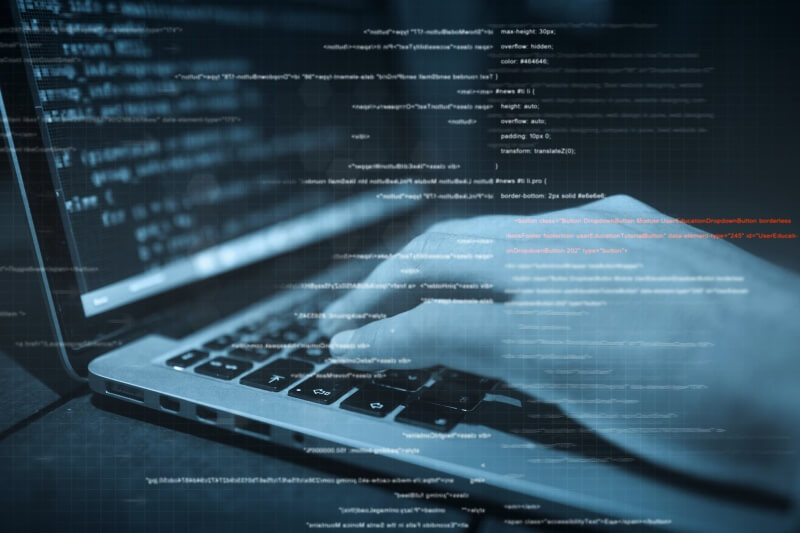How do you remove an unnecessary program or app from your MacBook?
Most of us find the app icon, right-click on it, and move it to the Trash bin. This no longer lets you access the file from the primary storage until you have not kept it in your Trash folder. But does that actually delete the folder from the computer memory?
If that’s how you delete the unwanted files and folders from your computer, chances are you are piling up leftover software like – logs, caches, register files, etc., in your system. This problem is with all the apps that create a pile of additional folders and files outside the ‘Application’ folder located in one of your drives.
This remains in your Macbook primary memory even after you have deleted the problematic or unwanted applications. Such folders or files are referred to as leftovers. These leftover files may not sound like a significant problem, but when piled up in large amounts, it may take a toll on your MacBook’s performance and speed adversely. Here, having an eye over the exact location of these files can help you sail through effectively.
How to find the leftover software on your system?
In order to delete the leftover software, you should first know how to find them. Generally, these excess items are located in the ‘Library’ folder unless you access OS X 10.7 or an older version. If that’s the case, utilize the feature of accessing hidden files in the macOS system for easy access. Follow these steps for it.
- Open ‘Finder’ and explore the ‘Go’ section in the upper menu.
- Look for the ‘Go to Folder’ feature through the drop-down menu bar and click on it.
- Now type ~/Library on the displayed pop-up window.
- Press ‘GO’ to get started.
This will land you upon all the leftover folders or files stored in your MacBook. If you wish to delete a particular folder, use the ‘Search’ bar to explore it and delete it.
How to delete an application or software leftovers from your system?
This process may test your patience, especially when you are doing it for the first time. Follow the above-mentioned manual process of finding out the leftover files and folders to get rid of them. Here, uninstalling apps and their data will include searching for the accurate file. Thus, ensure to use the ‘Search’ option before deleting any file.
Is there any way to optimize and speed up this process?
However, the manual process of searching for the leftover files is neither difficult nor time-consuming, yet Apple offers an automated way to assist you. There are dedicated uninstallers for MacBook to help you optimize the speed and performance of your system. Such software holds the credibility of deleting the leftover files and folders automatically.
The final takeaway –
Cluttering your MacBook will be a problem for you in the long run. From slowing down the speed to hindering performance issues, many factors are taking a toll on your MacBook access experience. Therefore, it’s wise to get rid of troublesome aspects like leftover files at the right time.




